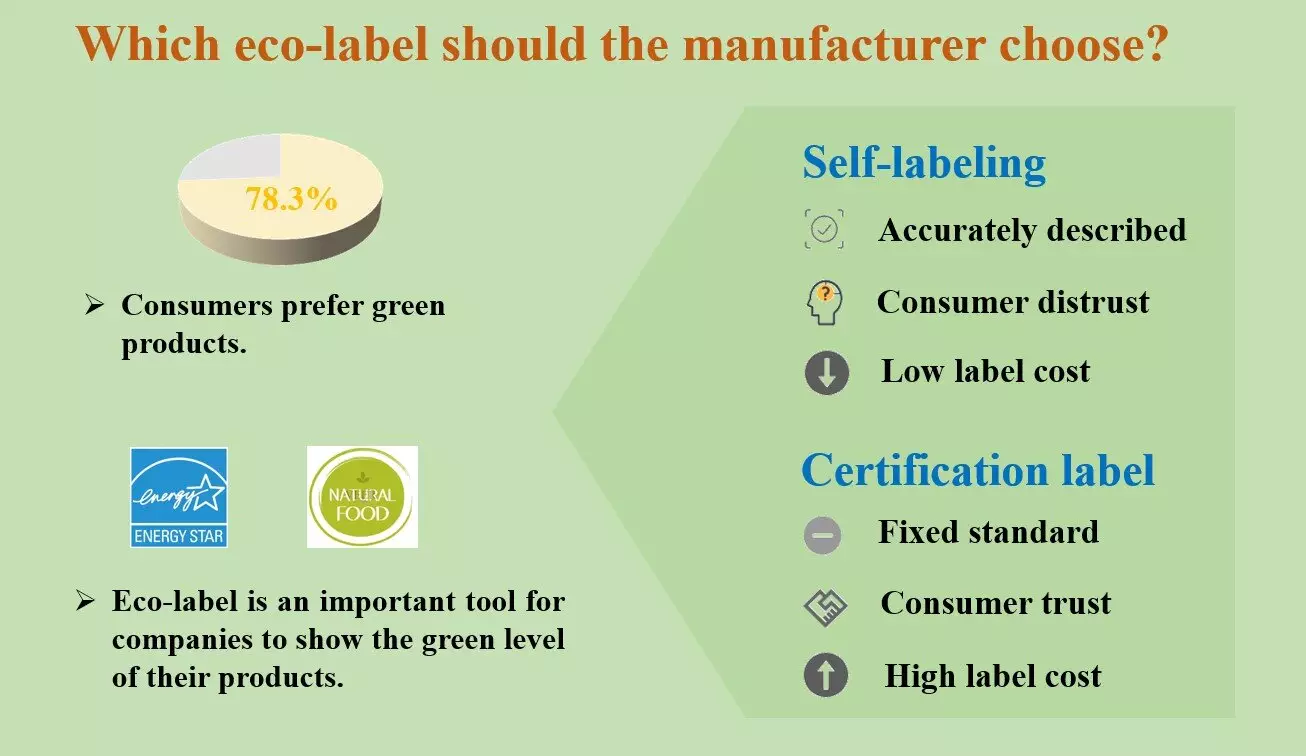In recent years, there has been a significant shift towards embracing the green lifestyle. Consumers are becoming increasingly aware of the environmental impact of their purchasing decisions. According to the 2023 China Consumption Trend Report, a staggering 73.8% of customers now prioritize buying environmentally friendly products. This growing trend has led to the widespread use of tools such as eco-labels by companies to showcase the green attributes of their products.
Eco-labels serve as a visual representation of a product’s environmental credentials. They come in two main forms: certification labels and self-labeling. Certification labels are issued by third-party certification bodies, such as Energy Star and Organic Food. These labels are often trusted by consumers, but they can sometimes fail to fully convey the green attributes of a product. On the other hand, self-labeling, like Wal-Mart’s natural label, is a manufacturer’s self-declaration of a product’s green status. However, consumers tend to have lower trust in self-labeled products.
A research team led by Professor Gaoxiang Lou and Professor Yi-Ming Wei conducted a study on the role of eco-labels in the supply chain. They developed a green supply chain game model that involved a manufacturer and a supplier. The supplier provided green raw materials, while the manufacturer carried out green manufacturing and selected eco-labels for the products. The researchers discovered that there were conflicting preferences between upstream and downstream companies in the supply chain. The supplier preferred certification labels, while the manufacturer leaned towards self-labeling, even though certification labels could lead to higher social welfare.
The study highlighted the importance of coordination among supply chain members to address conflicting preferences when it comes to eco-label selection. To further explore this issue, the researchers expanded the certification label level from a single level to multiple levels. For instance, the Cradle to Cradle Certified was divided into five levels. The findings revealed that when consumers had low trust in self-labeling and the challenges of green investment were minimal, manufacturers were more inclined to choose multi-level certification labels. This provided a scientific basis for the implementation of multi-level eco-labels.
One interesting finding of the study was that when companies opted for single-level certification labels, consumers’ green preferences could potentially harm profitability. The researchers explained that as consumers’ green preferences increased, certification agencies tended to impose stricter certification standards. This posed a challenge for companies that wanted to cater to environmentally conscious consumers while maintaining their bottom line.



Leave a Reply